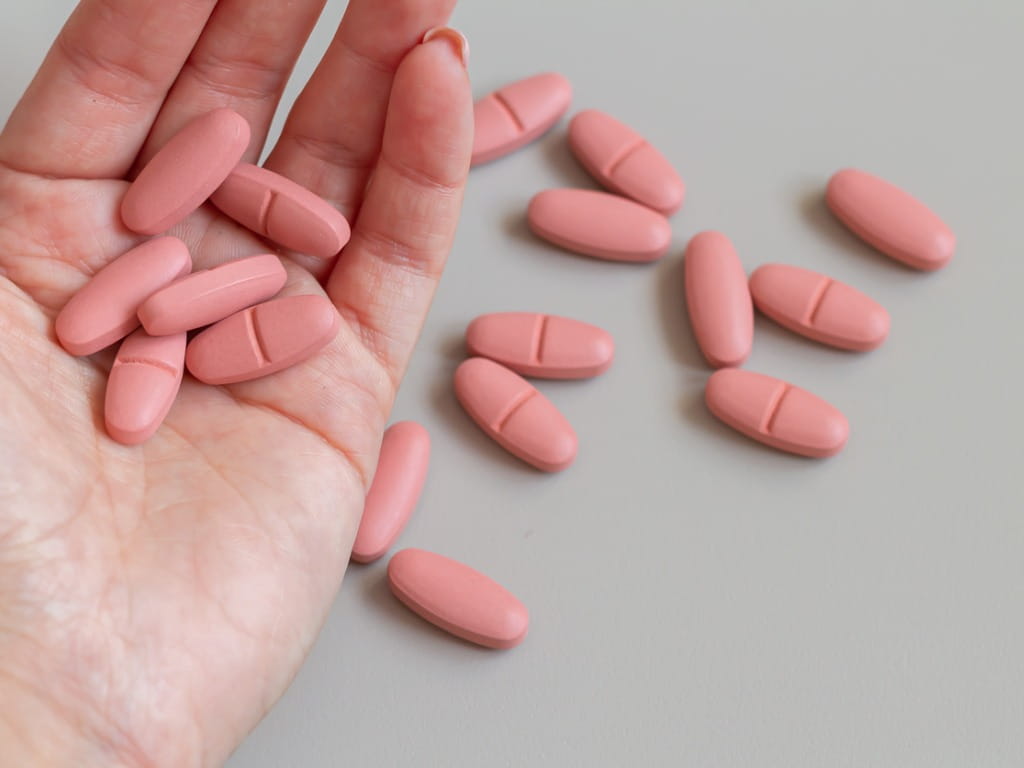What are Synthetic Opioids?

The Bottom Line
Synthetic opioids are powerful drugs that can cause life-threatening respiratory depression and death. These drugs are currently responsible for most of the opioid-related fatalities in the United States.

The Full Story
Many of us are aware of the dangers of prescription opioid abuse, and reports of the “opioid epidemic” have been covered extensively in the media and medical literature for several years. Most of the overdose-related deaths early in the opioid epidemic related to the misuse and abuse of prescription opioids, but current overdose fatalities are largely connected to use of synthetic opioids. Nearly three-quarters of all drug-related overdose deaths in the United States involve opioids, and most of these are due to synthetic opioids. Unlike morphine and codeine, synthetic opioids are not found in nature; they must be created in a laboratory setting. An example of a synthetic opioid is fentanyl, a powerful drug which was initially synthesized in 1960 and marketed as a pain reliever. Since 2013, there has been a sharp increase in the number drug overdose deaths related to synthetic opioids. This increase has occurred in the absence of a corresponding increase in opioid prescriptions, suggesting that this rise in deaths is due to illegally manufactured synthetic opioids.
As of 2021, most synthetic opioids are crafted in China and Mexico, where there are limited regulations and oversight of the chemical and pharmaceutical industries. The drugs are then exported to the United States, illegally via land borders or through the illicit use of international mail and shipping services. Once in the United States, the synthetic opioids enter the illicit drug market. Pill presses and molds, which can be purchased from online vendors, are often used to convert synthetic opioids from powder to pill form. The use of pill presses and molds allows drug manufacturers to add professional-appearing imprints to the pills. These imprints often do not reflect the actual contents of the pills being sold, leading to unintentional poisoning and life-threatening adverse effects in unwitting individuals. Illicitly created pills that are labeled “Norco®”, for example, may contain fentanyl or other strong synthetic opioids instead of the expected contents of hydrocodone and acetaminophen. These pills may appear nearly identical to prescription Norco® tablets, but are much stronger and significantly more dangerous to use.
In addition to fentanyl, illicit synthetic opioids including U-47700 and isotonitazene have been identified in the United States. U-47700 (also called “pink” or “pinky” due to its color) was developed by the Upjohn Company in the 1970’s but was never formally studied for human use. Isotonitazene was first synthesized by a Swiss pharmaceutical company in 1950’s, but has only been recognized as a recreational drug since 2019. These drugs are highly potent synthetic opioids that have an onset of action within minutes of administration and can be swallowed, inhaled, smoked, or injected. Like other opioids, U-47700 and isotonitazene can cause sedation and breathing difficulties that can result in death if not promptly treated. Because these drugs are very potent, exposure to small amounts can lead to life-threatening adverse effects. Both U-47700 and isotonitazene have complex chemical structures that are not easily detected by traditional laboratory methods. Sophisticated laboratory testing is required to detect the presence of these drugs in human blood and urine, and typical urine drug screens are not able to identify these substances. In the United States, both isotonitazene and U-47700 are considered to be Schedule 1 controlled substances by the Drug Enforcement Administration, meaning that they have no legitimate medical uses. The antidote naloxone (Narcan®) can be used to treat the respiratory depression associated with use of opioids, including synthetic opioids. Due to the high potency of many synthetic opioids, large doses of naloxone may be required to treat overdoses from these drugs. Consider participating in your local community-based naloxone program to obtain naloxone and get trained on its use in suspected opioid overdoses – you could save a life.
If you have a question about poisoning from opioids, including U-47700 and isotonitazene, go online to poison.org or call 1-800-222-1222. Both options are free for the public, and available 24 hours a day.
Kelly Johnson-Arbor, MD
Medical Toxicologist
Poisoned?
Call 1-800-222-1222 or
Prevention Tips
- Do not take medications that are not prescribed for you.
- Do not use street drugs.
- Store medications in a safe and secure place away from children, pets, and those who might abuse them.
- If you or a loved one have been prescribed an opioid pain medication, ask your doctor for a prescription for naloxone (Narcan®) or visit naloxoneforall.org to obtain naloxone. This medication can help reverse the effects of an opioid overdose.
This Really Happened
On his way to school, a 17-year-old boy snorted a white powder that he obtained from a friend. Shortly thereafter, he became unresponsive and stopped breathing. He was administered naloxone (Narcan®) which reversed his symptoms, and he was taken to a hospital where he was observed for several hours. At the hospital, he denied use of prescription or illicit opioids and stated that he thought he had snorted “crushed Xanax®”. Routine urine drug screening, performed at the hospital, detected only caffeine. A specialized drug screen was performed at an outside reference laboratory, and detected the presence of U-47700 in the patient’s blood and urine. Xanax® was not present in any of the specimens that were tested.For More Information
United States Drug Enforcement Administration. U-47700 [accessed 12.21.21].
United States Drug Enforcement Administration. Isotonitazene [accessed 12.21.21].
References
Centers for Disease Control and Prevention. Drug overdose deaths [accessed 12.21.21].
Centers for Disease Control and Prevention. Opioid data analysis and resources [accessed 12.21.21].
Poisoned?
Call 1-800-222-1222 or
Prevention Tips
- Do not take medications that are not prescribed for you.
- Do not use street drugs.
- Store medications in a safe and secure place away from children, pets, and those who might abuse them.
- If you or a loved one have been prescribed an opioid pain medication, ask your doctor for a prescription for naloxone (Narcan®) or visit naloxoneforall.org to obtain naloxone. This medication can help reverse the effects of an opioid overdose.
